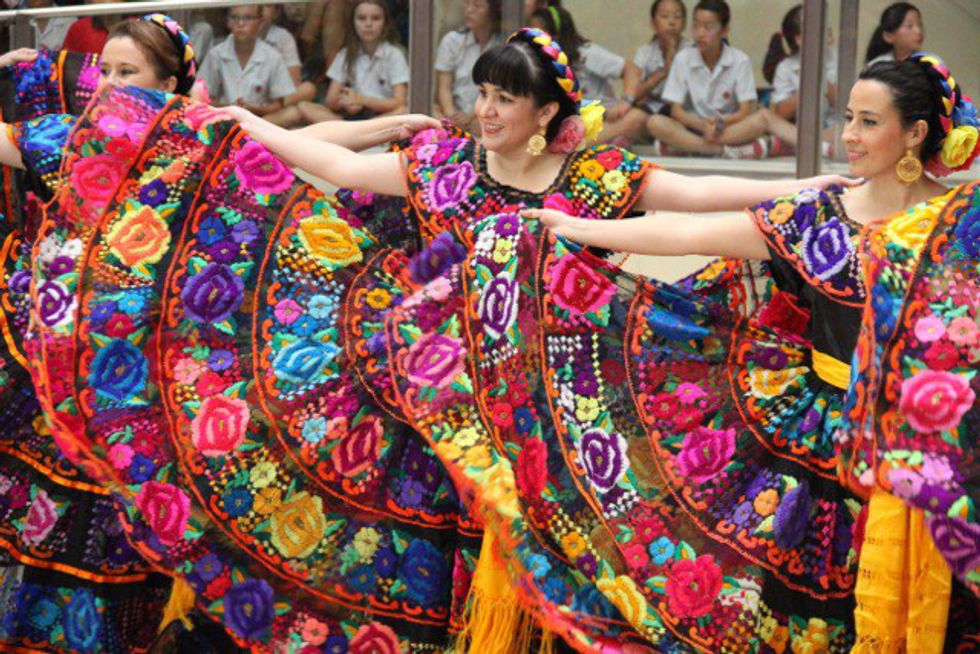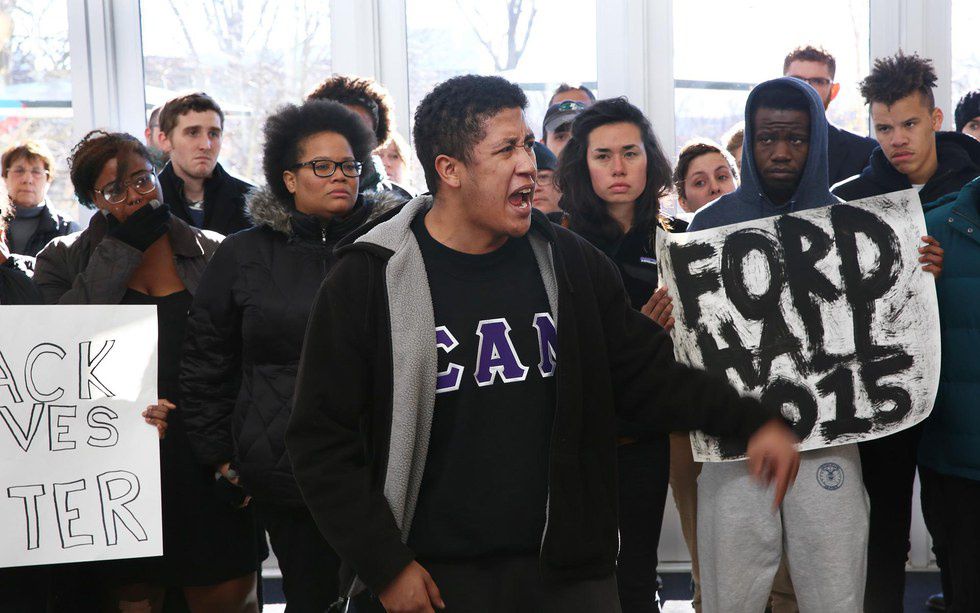Multiculturalism means coexisting and sharing experiences based on one another’s racial, religious, ethnic and cultural backgrounds. Rather than just having a few events where people are presenting their own cultures, there should be collective participation where people are immersed in each other's culture. This is established through collaborating with one another in large social gatherings and promoting social and cultural awareness. In today's day and age with a true melting pot of cultures on college campuses, changes need to be made to accept and to celebrate these cultures in college societies.
Rather than occasional events, there should be weekly or biweekly establishments between clubs for promotional events. Furthermore, there could even be major events that the entire school celebrates, that are not mainstream holidays, such as Durga and Saraswati Puja along with Holi — the festival of colors. Even having an outdoors Latin dance event would be interesting and give people new perspectives on a culture.
Justin Trudeau says that embracing differences does not weaken the fabric of who you are, even though your behaviors and attitudes may be different from others.
During this 2015-16 academic school year, a group of BlackLivesMatter activists stormed Ford Hall at Brandeis University to speak about the fact that the university only has a 5 percent Black and African-American population. We should not deny people the right to speak about their fears and oppressions, and allow them to voice their thoughts when they genuinely are struggling to fit into the fabric of the university. We should not allow these students to face such hardships. This is the kind of dialogue we need in the university.
Often when you go to a large liberal arts school, you may find that diversity is lacking. The majority of people in prestigious American universities are white Americans, and the number of black, Asian, Latino, Hispanic, Arab, Native American, and Pacific Islander students are low. Socioeconomic status does have a strong correlation with race, and often people on the lowest margins of society are left with no means of attending highly unaffordable schools or even receiving the same level of opportunity as others to move towards certain positions.
In many universities there is a huge idea of following the status quo. Most of the students within the school follow one identity (and in the case of Brandeis that identity is white, Jewish, and zionist). This is not the problem. The problem here is that individuals who have different belief systems or backgrounds get isolated within the louder crowd. Rather than just promoting dominant ideas, because of the body that preexists within the framework of the university, there should be more of the promotion of interconnectedness. When a majority becomes too dominant, there is the inability to understand other cultures and there are often people who are left misinformed.
The student body needs to get together and make some major changes to the university.
We need to create an environment where there is not just a dominant faith on campus that is celebrated, but all religions. In a school that claims it is non-sectarian yet secular, it is important to incorporate the needs of all students. People from different religious backgrounds should come together to embrace one another’s culture in different forms. A celebration of Eid should be followed by a celebration of Diwali, because Islam and Hinduism are some of the largest religions in the world. People of Palestinian descent should not be afraid to voice their opinions on Israeli Apartheid week. Women of color should not shy away from speaking about the issues related to white feminism. Clubs should collaborate to promote coexistance and the status quo should be questioned.
Although Brandeis, like other campuses, is associated with the POSSE Foundation, TYP, and SSSP, it is not enough. Public relations should really make the effort to endorse small liberal arts schools incorporate diverse groups of people perhaps living in urban environments, and promote the school to people from all socioeconomic backgrounds. Overall, in an academically prestigious university, diversity should be embraced.

























